Exploring the Delights of Beijings Culinary Heritage: A Guide to Iconic Beijing Dishes in English
Beijing, the capital of China, is not only a city steeped in history and culture but also a paradise for food lovers. The city's culinary scene is a vibrant tapestry of flavors, textures, and aromas that reflect its rich heritage and diverse influences. From imperial delicacies to street food favorites, Beijing offers a gastronomic journey that is both unique and unforgettable. In this article, we will explore some of the most iconic Beijing dishes, providing their English names and descriptions to help you navigate the city's culinary landscape.
1. Peking Duck (北京烤鸭)
Perhaps the most famous of all Beijing dishes, Peking Duck is a must-try for any visitor. This dish dates back to the imperial era and is renowned for its crispy skin and tender meat. The duck is traditionally roasted in a closed oven, which gives it a distinctive flavor and texture. It is typically served with thin pancakes, hoisin sauce, and sliced scallions, allowing diners to create their own wraps. The English name, "Peking Duck," is a direct translation of the Chinese name, and it has become a global culinary icon.
2. Zhajiangmian (炸酱面)
Zhajiangmian, or "Fried Sauce Noodles," is a classic Beijing dish that combines thick wheat noodles with a savory sauce made from fermented soybean paste, minced pork, and various vegetables. The dish is hearty and flavorful, with a rich umami taste that is both comforting and satisfying. The English name, "Fried Sauce Noodles," captures the essence of the dish, highlighting the key components of the sauce and the noodles.
3. Jianbing (煎饼)
Jianbing, often referred to as "Chinese Crepes" in English, is a popular street food in Beijing. This savory pancake is made from a batter of wheat and mung bean flour, which is spread thin on a hot griddle and topped with eggs, scallions, and a variety of sauces. The crepe is then folded and often filled with crispy fried dough, lettuce, and other ingredients. The English name, "Chinese Crepes," emphasizes the dish's similarity to Western crepes while acknowledging its unique Chinese twist.
4. Douzhi (豆汁儿)
Douzhi, or "Fermented Mung Bean Juice," is a traditional Beijing beverage that is both an acquired taste and a cultural experience. Made from fermented mung beans, this sour and slightly pungent drink is often enjoyed with fried dough sticks (youtiao) or other savory snacks. The English name, "Fermented Mung Bean Juice," accurately describes the drink's main ingredient and preparation method, though it may not fully convey its unique flavor profile.
5. Lu Dou Gao (绿豆糕)
Lu Dou Gao, or "Mung Bean Cake," is a traditional Beijing dessert that is both light and refreshing. Made from mung bean flour, sugar, and sometimes flavored with osmanthus flowers, these small, square cakes have a delicate texture and a subtle sweetness. The English name, "Mung Bean Cake," highlights the primary ingredient and the cake-like nature of the dessert.
6. Tanghulu (糖葫芦)
Tanghulu, or "Sugar-Coated Haws," is a popular Beijing snack that consists of skewered hawthorn berries coated in a hard, shiny sugar shell. The combination of the tart berries and the sweet sugar coating creates a delightful contrast of flavors and textures. The English name, "Sugar-Coated Haws," describes the snack's key components and preparation method, making it easy for English speakers to understand.
7. Baozi (包子)
Baozi, or "Steamed Buns," are a staple of Beijing cuisine and come in a variety of fillings, including pork, beef, vegetables, and even sweet options like red bean paste. These fluffy, steamed buns are a popular breakfast item and can be found in street stalls and restaurants throughout the city. The English name, "Steamed Buns," is a straightforward translation that captures the essence of the dish.
8. Hot Pot (火锅)
While not exclusive to Beijing, hot pot is a beloved dining experience in the city. This communal meal involves cooking a variety of ingredients—such as thinly sliced meats, vegetables, and tofu—in a simmering pot of broth at the center of the table. The English name, "Hot Pot," is widely recognized and used internationally, making it easy for visitors to identify and enjoy this interactive dining experience.
9. Lamb Skewers (羊肉串)
Lamb skewers, or "Yang Rou Chuan" in Chinese, are a popular street food in Beijing. These skewers are made from chunks of marinated lamb that are grilled over an open flame, resulting in a smoky and flavorful treat. The English name, "Lamb Skewers," is a direct translation that accurately describes the dish.
10. Beijing Yogurt (北京酸奶)
Beijing Yogurt, or "Beijing Suan Nai," is a traditional fermented milk product that has been enjoyed in the city for centuries. This thick, tangy yogurt is often served in small ceramic jars and is a refreshing treat, especially during the hot summer months. The English name, "Beijing Yogurt," is a simple and accurate description of the product.
Conclusion
Beijing's culinary heritage is a treasure trove of flavors and traditions that reflect the city's rich history and cultural diversity. From the iconic Peking Duck to the humble Baozi, each dish tells a story and offers a unique taste of Beijing. By familiarizing yourself with the English names and descriptions of these iconic dishes, you can better appreciate the city's culinary offerings and embark on a gastronomic adventure that is both delicious and enlightening. Whether you're a seasoned foodie or a curious traveler, Beijing's cuisine is sure to leave a lasting impression.

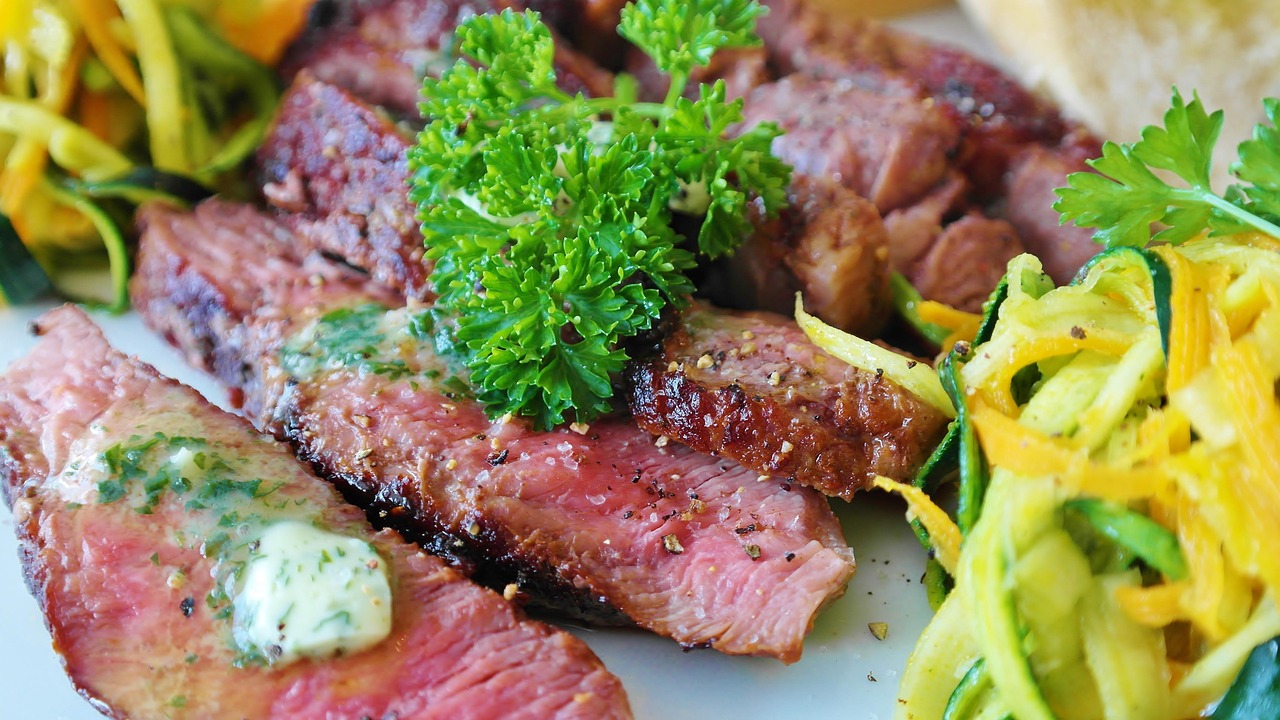
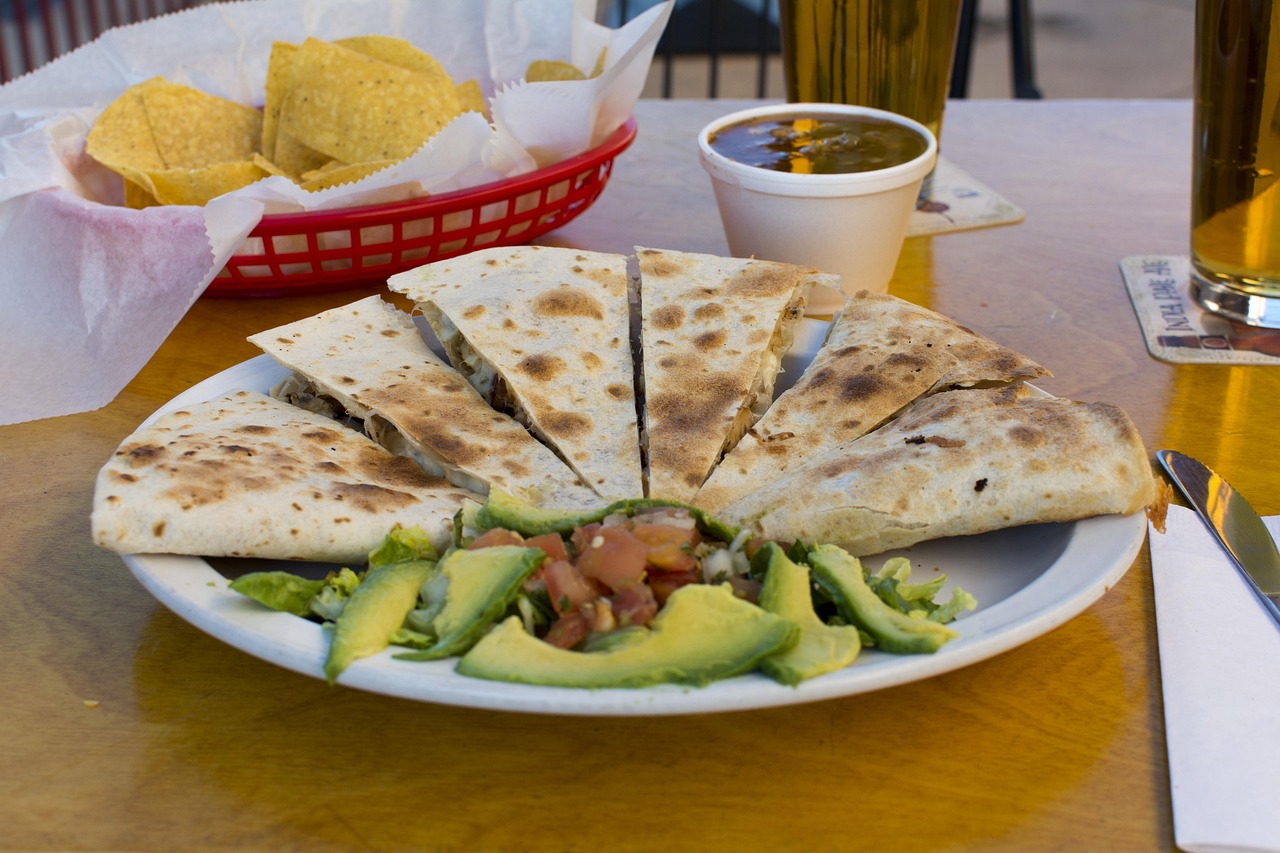
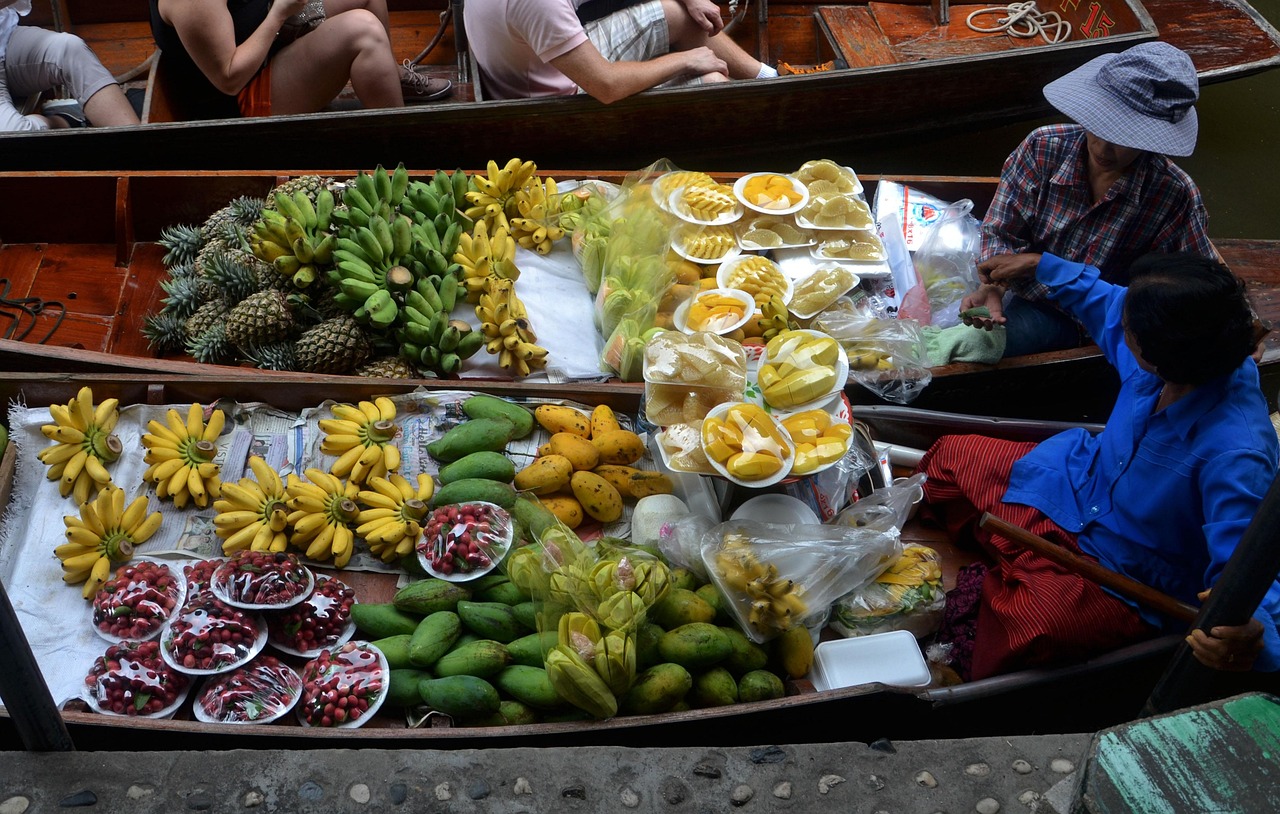

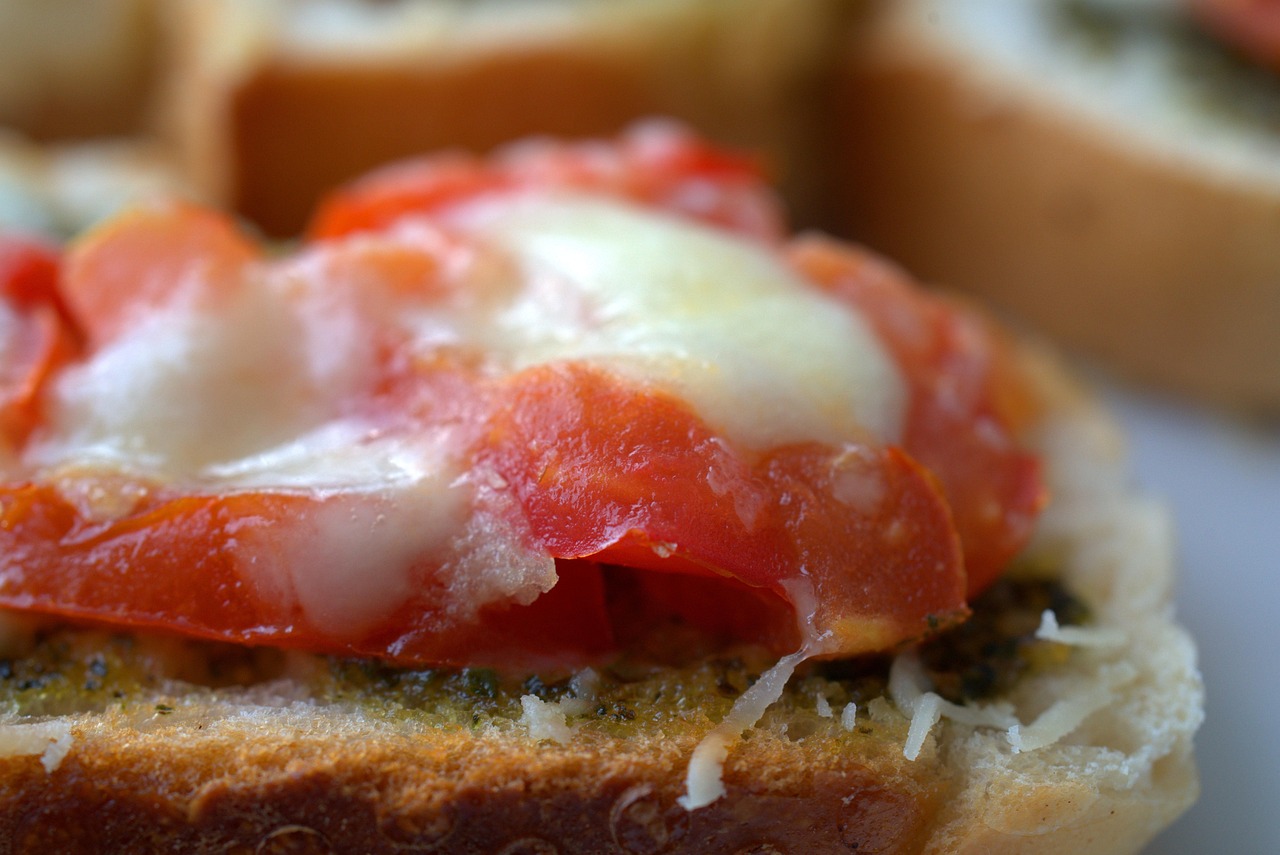
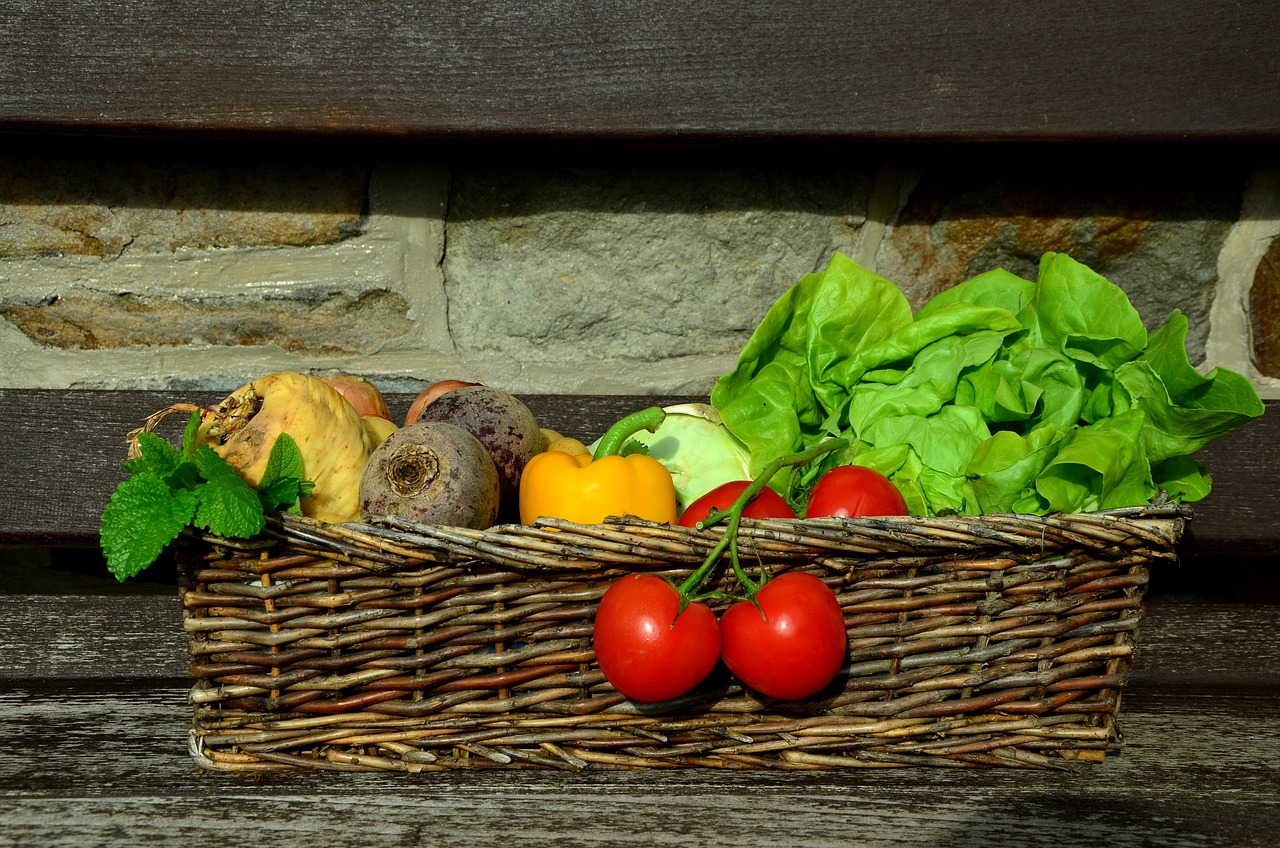
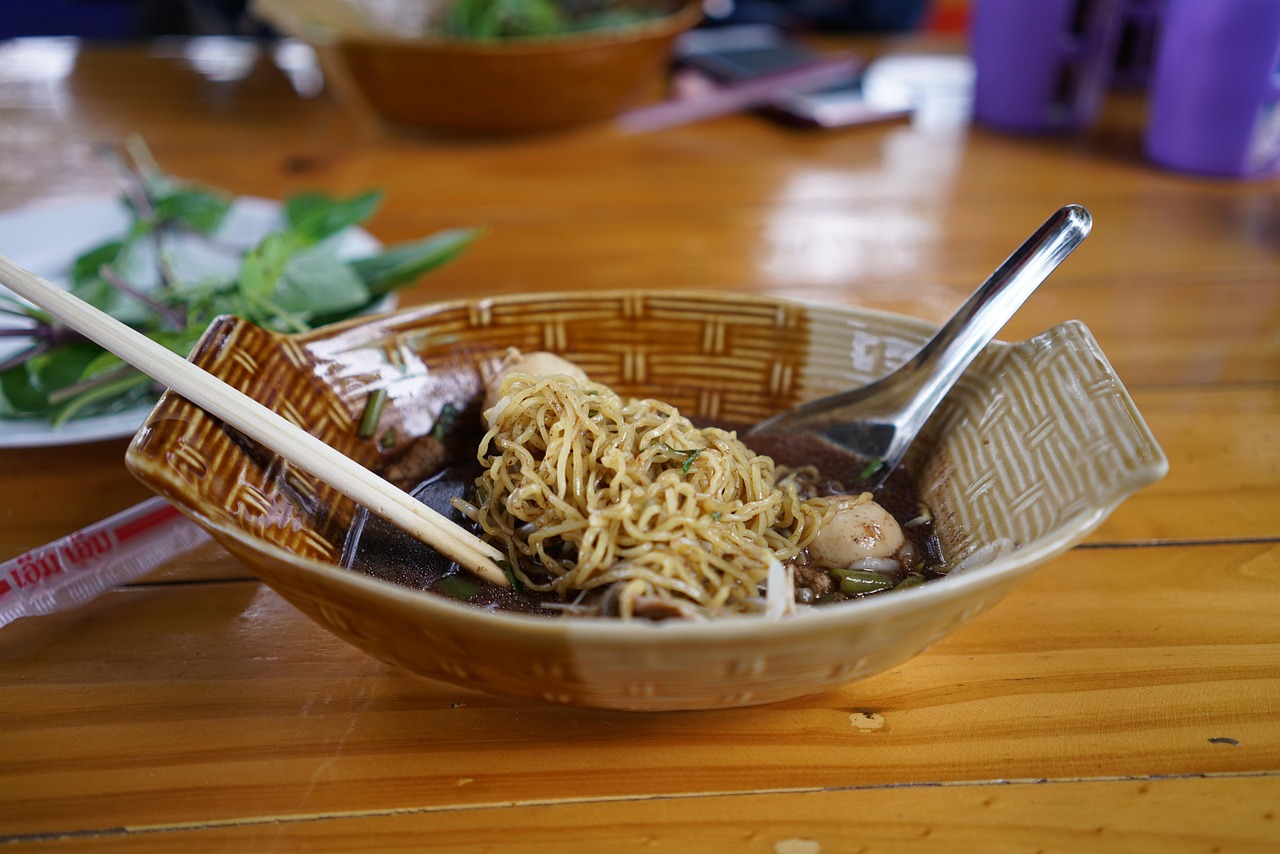
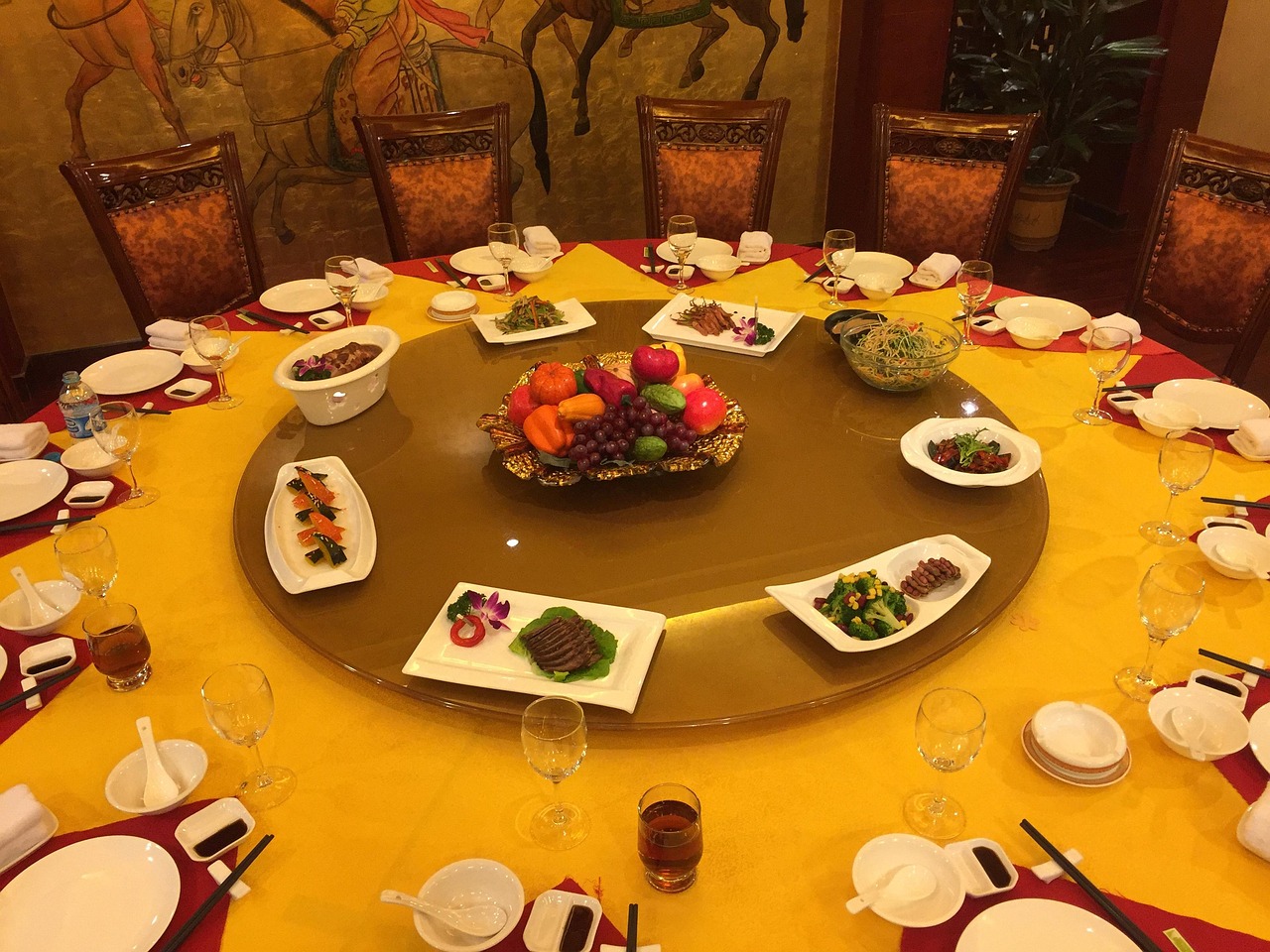
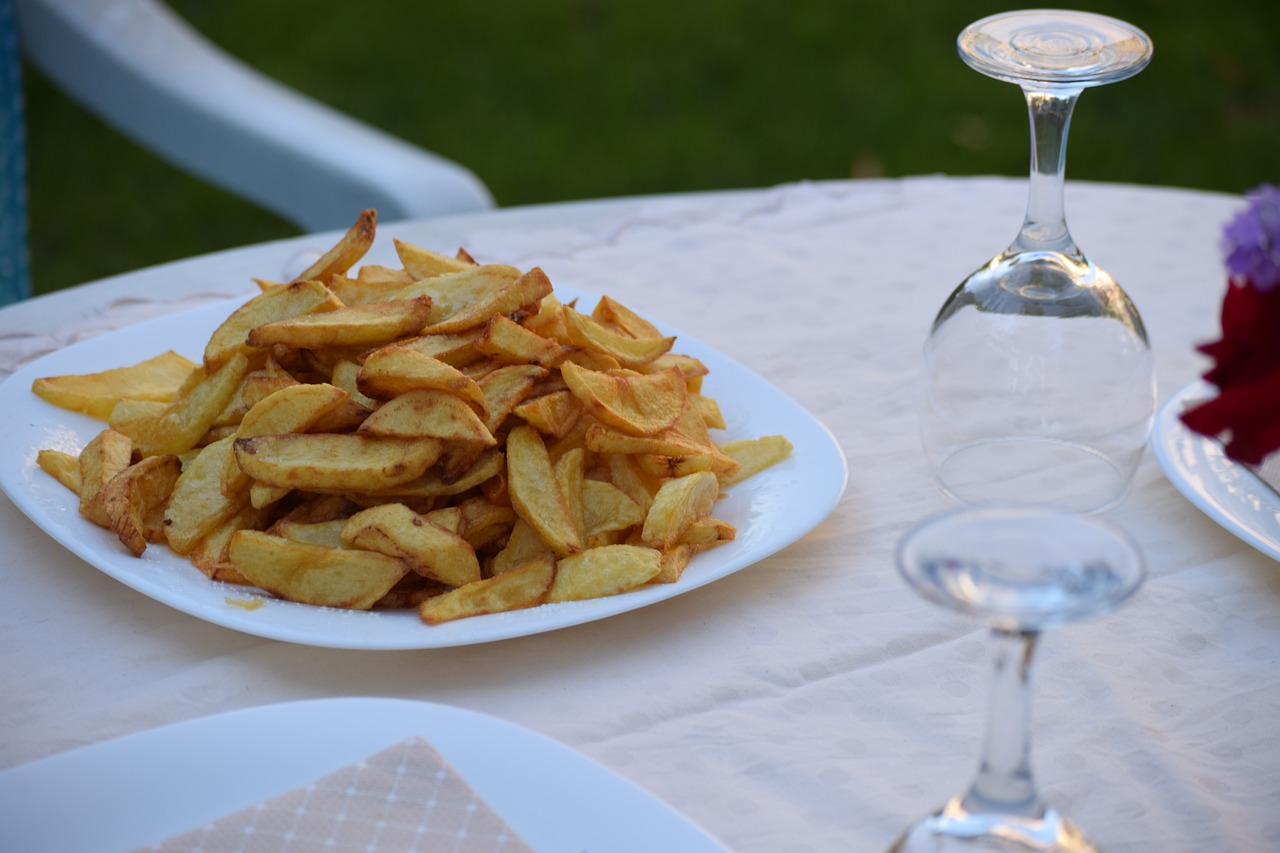
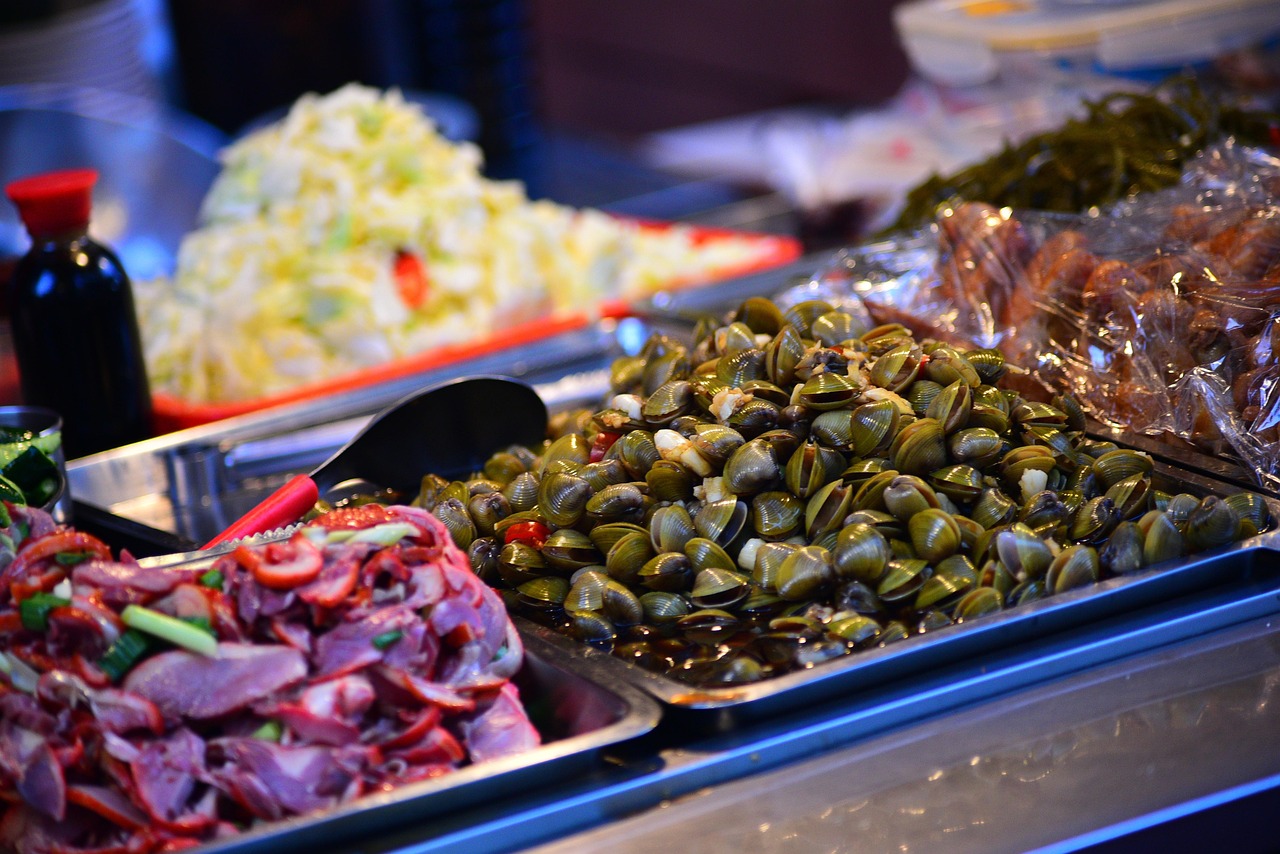

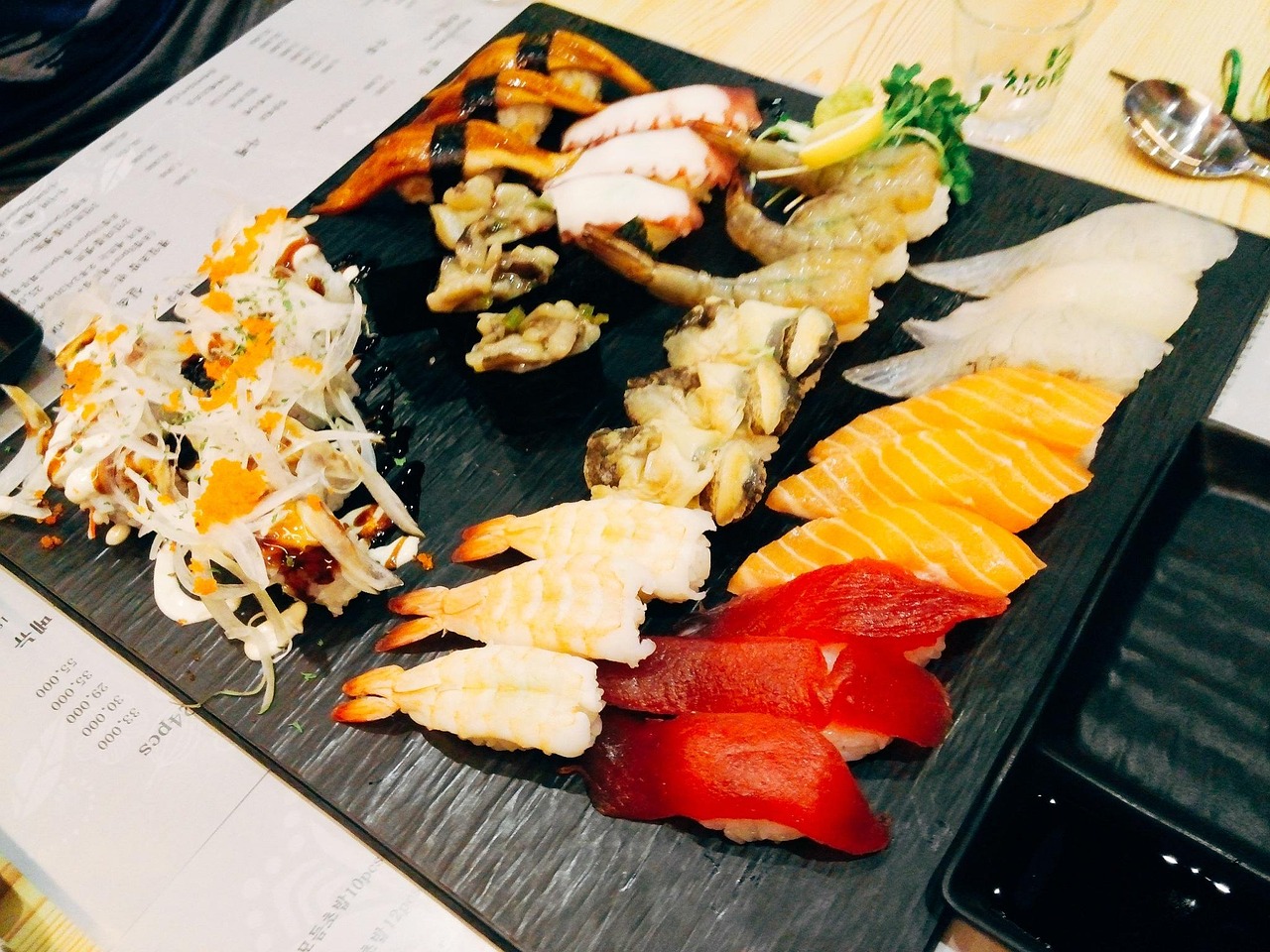
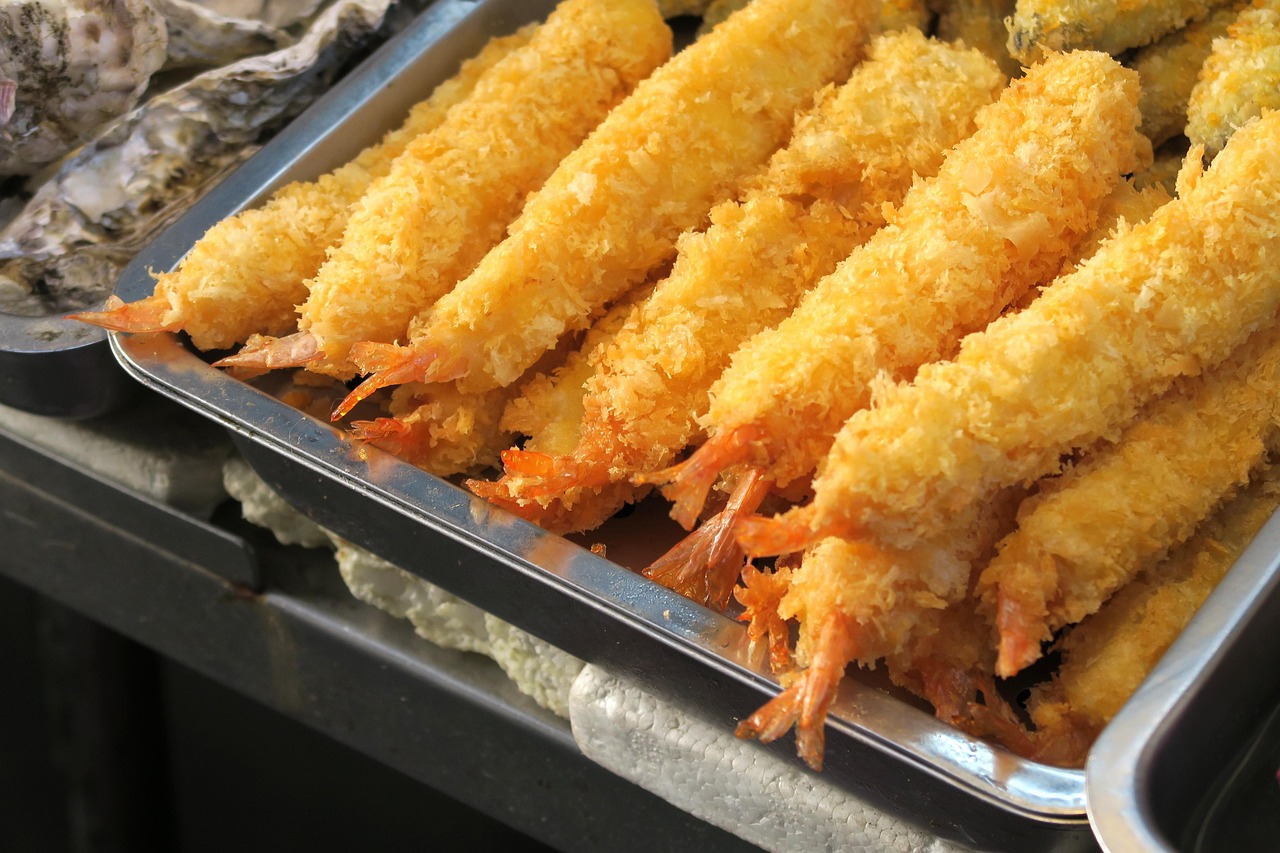
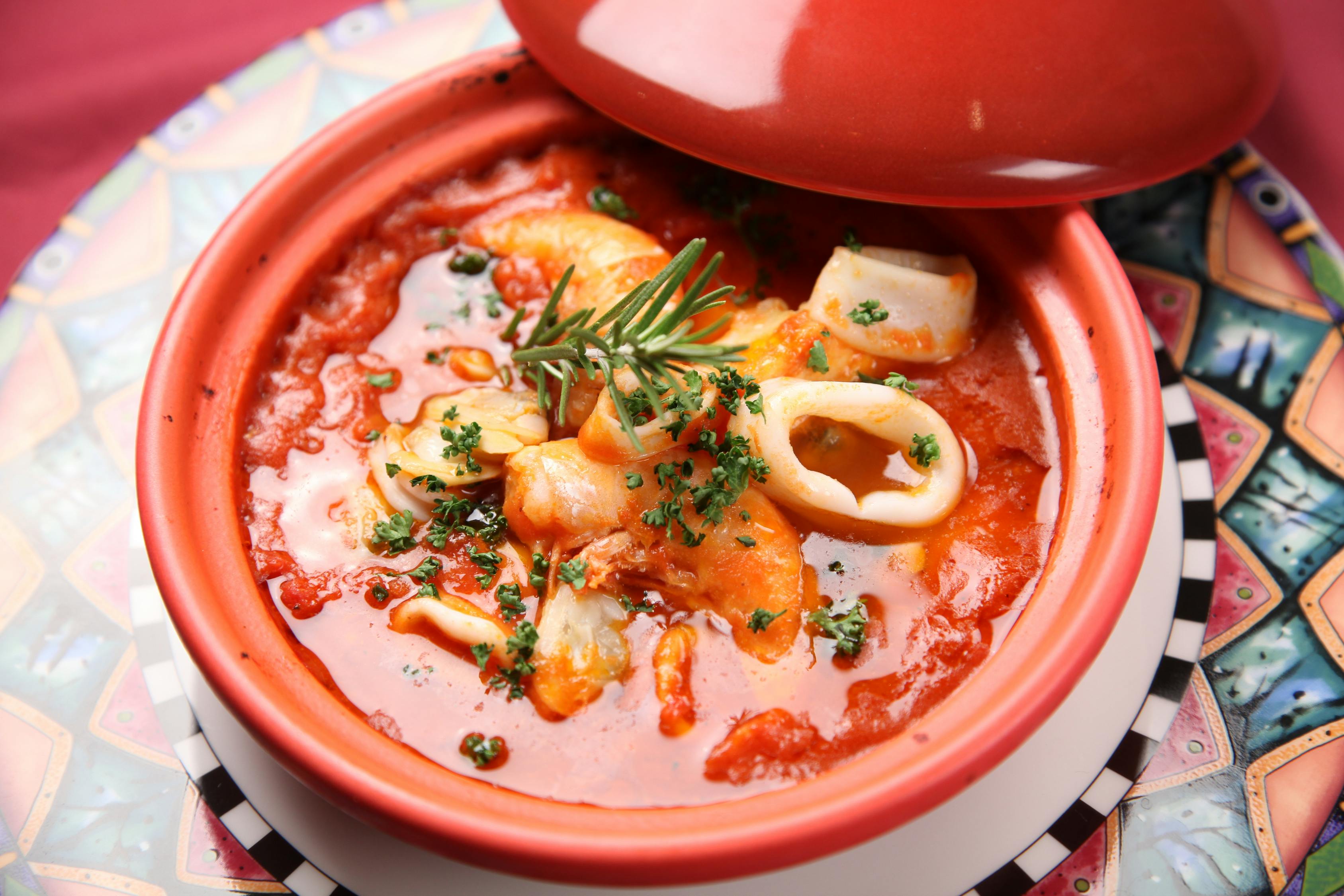
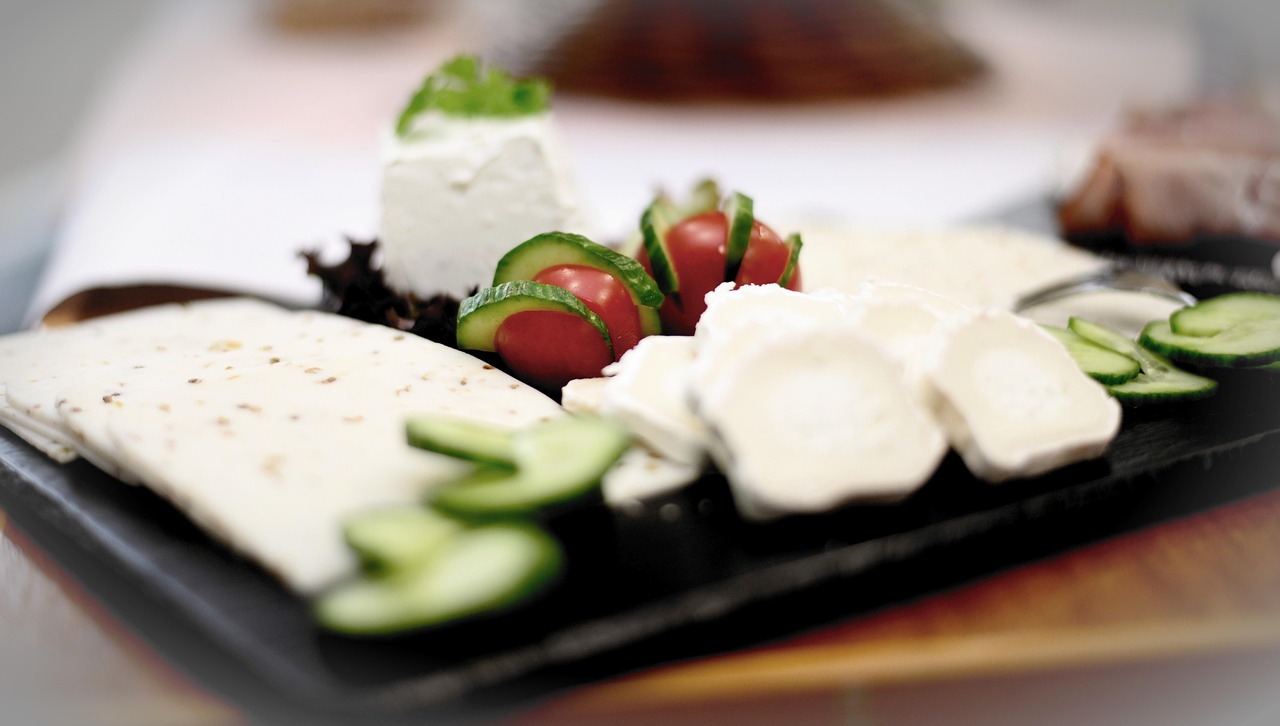
 京公网安备11000000000001号
京公网安备11000000000001号 闽ICP备2023004937号-3
闽ICP备2023004937号-3